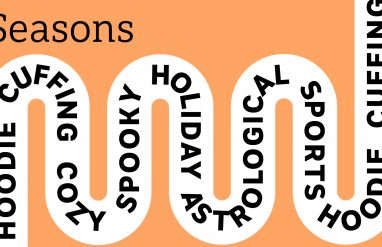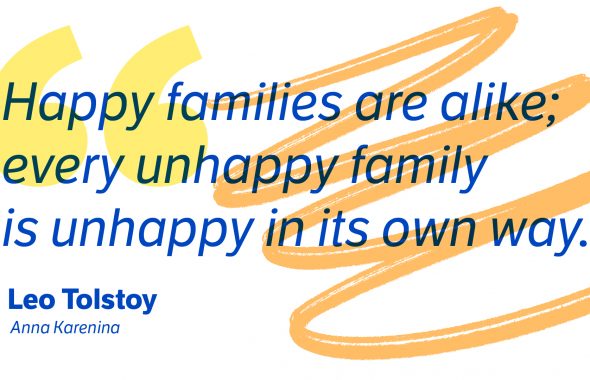Day 1: Letter recognition
Self-guided activities (with a little parental help):
1. Write each letter of the alphabet on a piece of construction paper.
Have kids trace the letters in 3 different color crayons. Then, build words with the letters across the floor. Have kids step on the words and say what letter it is as they step on it. Bonus: they can act out something about the word for an extra energy burn.
2. Using your construction paper letters, get out some modeling dough.
Have kids try to form the letters out of dough. Note: wooden sticks work just as well here!
3. Letter Scavenger Hunt.
Open a book and have kids pick out all of the A‘s on the first page. The next page can be all of the B‘s. Continue until the end of the book. Start a new book if you haven’t finished the alphabet.
4. Have kids identify the letters on your laptop or computer keyboard.
Show them that when you press a letter, it shows it on screen. You can build some of the same words from Activity 1 again here.
Family time activity:
1. Play a game: Letter Dice!
This game requires a little bit of preparation, but the added tactile element makes it worth it.
- Put letters on dice (or make some using a template). You can make a variety of letters and use them all at once or swap them out periodically. Be sure to include all five vowels. Make 3–5 dice (you can use the same letter more than once).
- Roll the dice.
- Take turns identifying what letters came up and sounding out the letters.
- Bonus: Have each person volunteer a word that starts with that letter and find the object around the house.




















